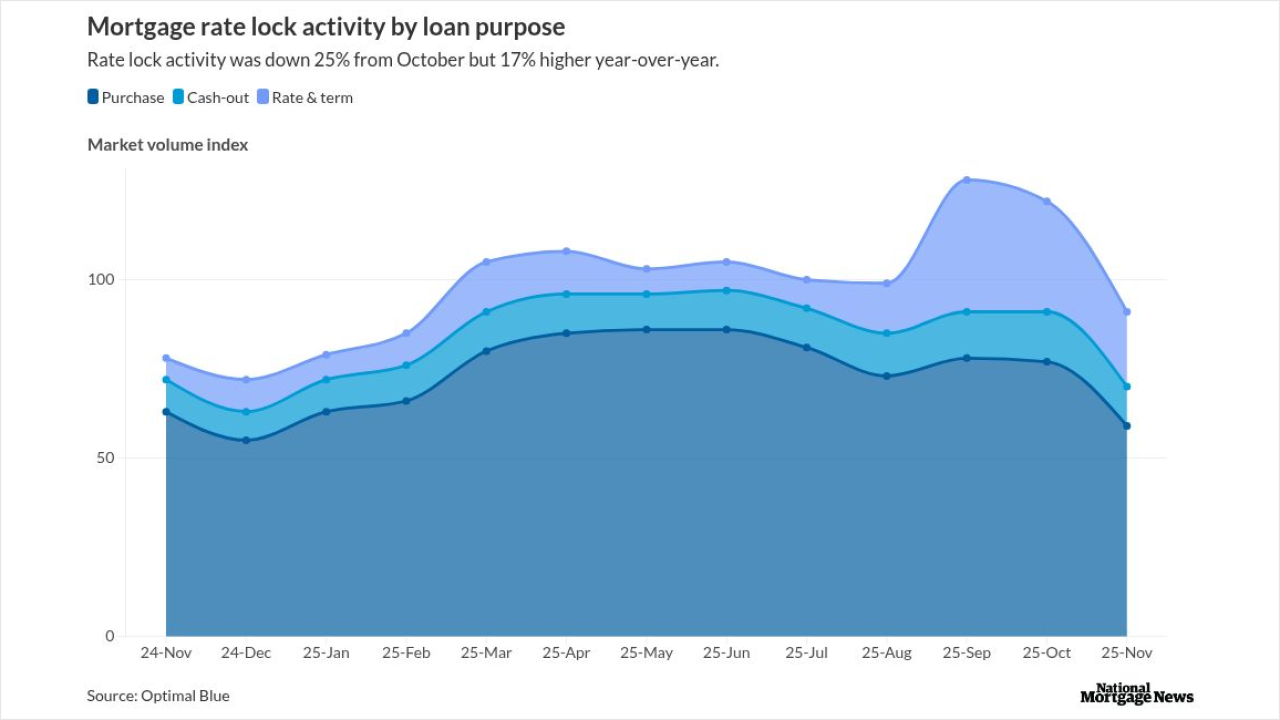Government intervention and a move toward safer structures and collateral are making the current ABCP market a better place to be for issuers and investors alike.
Clearly, with ABCP participants still suffering from the lack of liquidity and funding options, they will definitely be shying away from ABCP structures that are subject to market volatility.
According to participants at last week's Information Management Network 14th annual ABS East held in Hollywood, Florida, single-seller conduits backed by mortgage collateral, market-value structures, and SIVs will no longer have a following.
With these transactions out of the game, only multi-seller conduits with 100% bank liquidity backing them up will find support.
There will also be a move toward ABCP backed by trade receivables, which previously, when the market was stable, was "very thinly priced," a panelist said
Market Confidence
"What we need to focus on is bringing confidence back into the market," said a panelist from a major conduit sponsor.
Participants said that the basic question day in and day out is, why are certain deals not getting funding?
Further questions that should be asked include, what are the fundamental issues within these programs that prevent them from accessing financing? In comparison, bigger players like Bank of America and JPMorgan are still able to access liquidity though private investors.
The current move toward more viable structures brings ABCP back to a time "before perversions were brought into the market," another panelist from a conduit sponsor said.
In fact, the collateral backing the surviving ABCP structures is the highest it has ever been, speakers said.
"When things were imploding, we all understood the distinction in asset classes and programs," a panelist said.
The most important considerations, according to panelists, would be how long a given issuer has been in the business, the size of their business operations in terms of both back and front offices, and the relationship of the parent or sponsor to the actual conduit, among other elements.
Government Intervention
The government, specifically the Federal Reserve, has come out with programs such as the Commercial Paper Funding Facility (CPFF) to boost liquidity in the commercial market. This facility will increase the availability of term commercial paper market funding to issuers by providing increased assurance to both issuers and investors that institutions will be able to roll over their maturing commercial paper.
"This should be viewed as an insurance policy against events like those that happened over the past year," a panelist said.
Panelists said that with the announcement, maturities have been pushed out from overnight funding to one to two months, accomplishing the Fed's purpose of loosening up the market for commercial paper, if only partially. It's not that issuers necessarily accessed the facility in droves, but it gives them the flexibility to access Fed funding as a last resort.
Although panelists at the conference applauded the Fed's move, they were disappointed at the rather steep spread for ABCP - 300 basis points per annum. "It keeps commercial paper levels artificially high," said a panelist. While another panelist commented, "I view it more as another mechanism to help ABCP."
Participants said that bank sponsors have to evaluate whether this backstop source of funding is the best alternative, perhaps on an institutional and not a conduit per conduit basis. Those that still have access to other third party liquidity may opt to go that route, instead of paying the facility fee upfront.
But despite the pricing, panelists think that the Fed's move is a good thing for the market.
"It gives ABCP issuers the feeling that they have options," a panelist said. "This gives one more level of liquidity to access," another speaker added.
Similar to the CPFF, the ABCP Money Market Mutual Fund Liquidity Facility (AMLF), bolsters lending by expanding the scope of the Fed's discount window lending facility to allow broker dealers and depositories to buy ABCP from eligible 2A7 funds and then pledge the collateral to the Federal Reserve at a discount.
The true impact of the AMLF, according to panelists, is hard to gauge because it was launched during a very difficult quarter. This move by the Fed was able to slightly thaw out the ABCP market, but not to the extent that market participants had hoped for.
(c) 2008 Asset Securitization Report and SourceMedia, Inc. All Rights Reserved.
http://www.structuredfinancenews.com http://www.sourcemedia.com/




